Daily routines can become somewhat mundane, such as washing hands, cleaning up, taking a bath, etc. Transition between routines can become a source of major tension for toddlers.
That is why using music during transitions and routines can be a way to calm big emotions or to make the experience more pleasurable for all.
Here are some simple songs during routines.
Clean up time:
Clean up, clean up
Everybody, everywhere
Clean up, clean up
Everybody do your share
Hand washing song:
Tops and bottoms
Tops and bottoms
Inbetween, inbetween
All around your hands now
All around your hands now
Wash them clean
(You may need to repeat twice to get the full 20 second recommendation for scrubbing)
Bathtime:
We have some fun made up ones using Ruby’s nickname, so it is always fun to make some up especially incorporating their name.
We also sing 5 little Ducks with her rubber ducky, it goes like this:
5 Little ducks went out one day, over the hills and far away
Mommy duck called “Quack, quack, quack, quack”
And 4 little ducks came waddling back
(countdown until none of her ducks came waddling back)
Sad mommy duck went out one day over the hills and far away
Sad mommy duck called, “Quack, quack, quack, quack”
And all of her ducks came waddling back.
Bedtime songs:
Classic nursery rhymes or lullabies are perfect for bedtime. Or you can find other calm, slow songs to sing to unwind.
Twinkle, twinkle, Little Star
You are my Sunshine
Rockabye Baby
Hush Little Baby
Frere Jacques
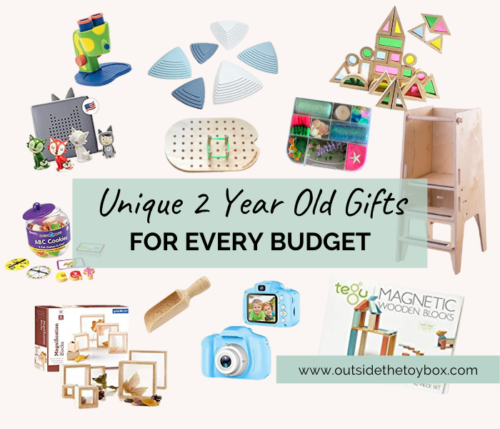






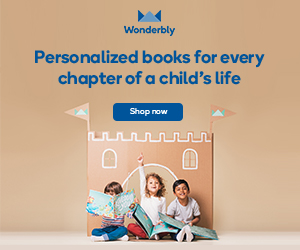
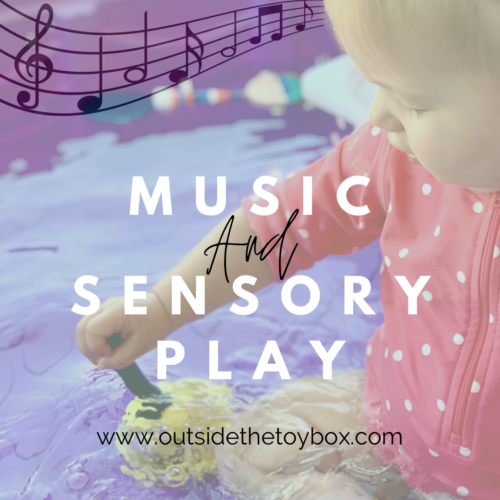

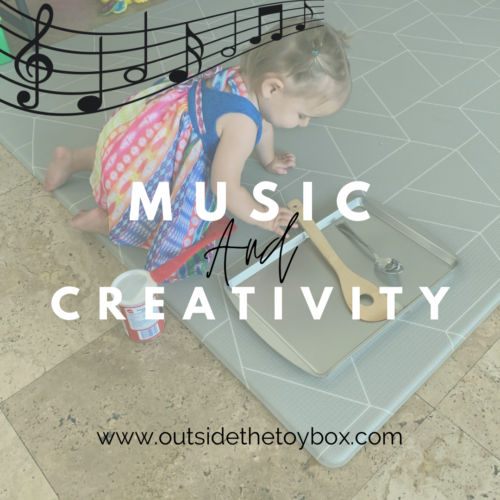







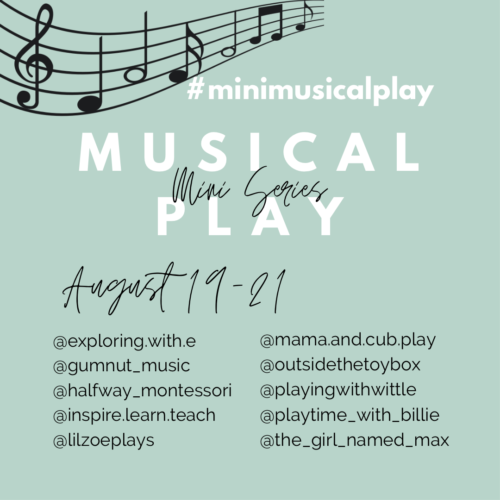
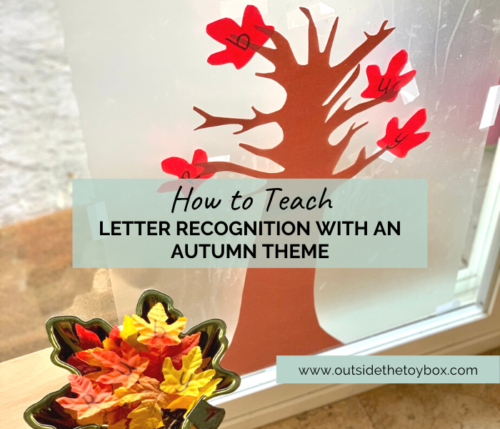
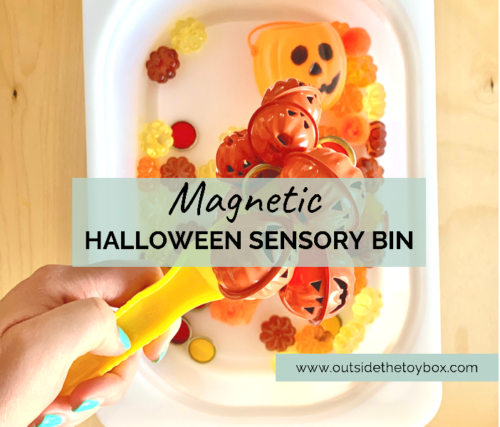
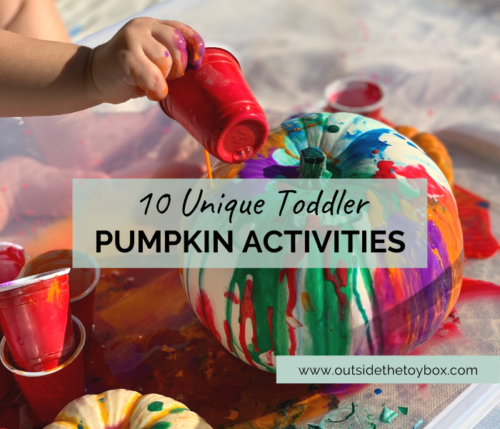
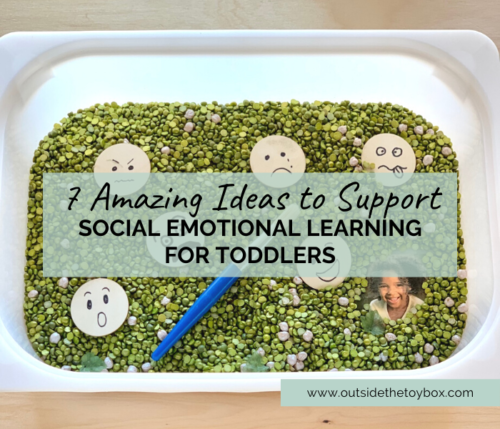
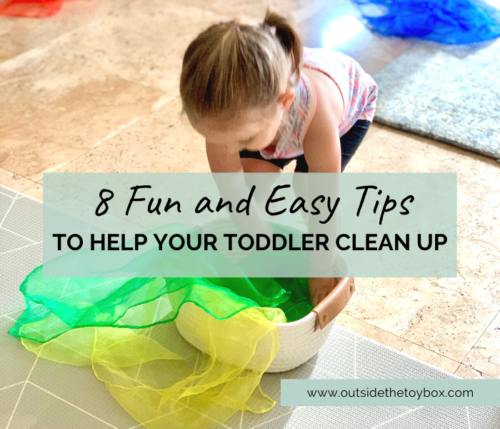
4 thoughts on “Benefits of Music Play for Babies and Toddlers”
Yes! Love the remove the pressure part!
Totally! We parents put way too much pressure on everything we do with our children. Music should be fun, in fact, I believe all learning should be fun.
Geat blog! Teaching listening is so interesting, I’ve never thought of this before and is something I’ll focus on now
Awesome, glad you have found some value in this post! I remember learning about how music develops pre-literacy skills like listening and how it was so impactful for me. I’m glad to pass on that knowledge.